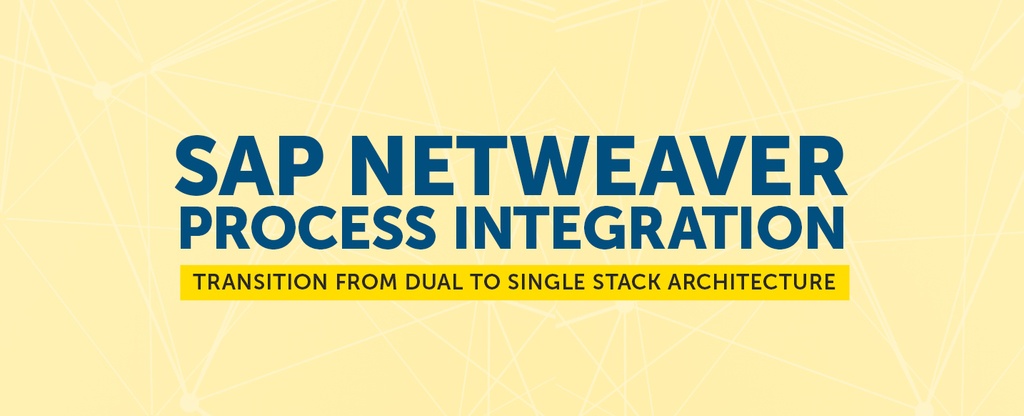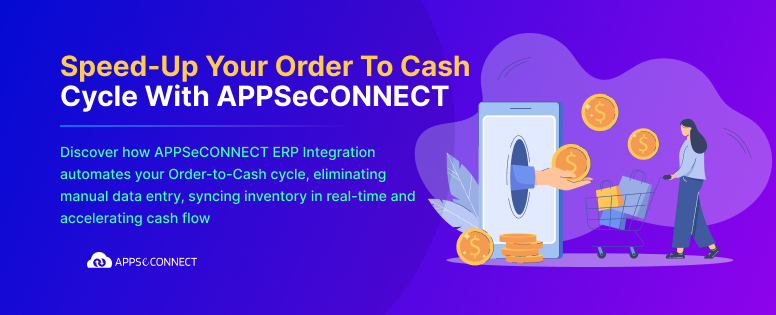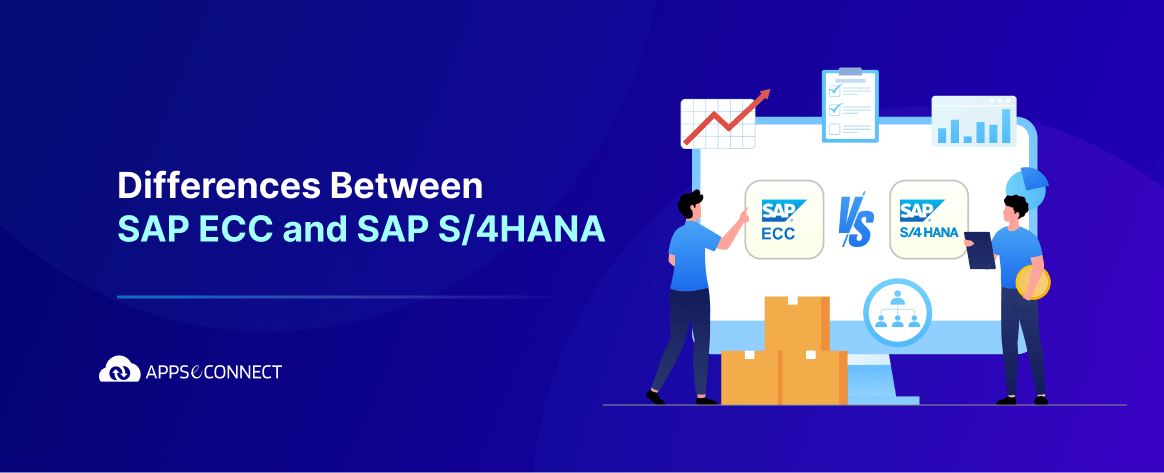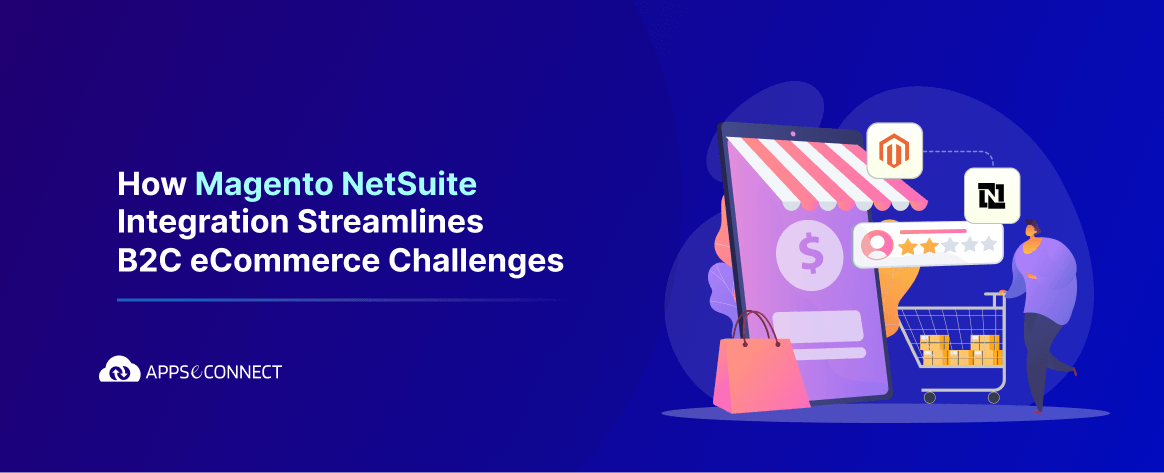SAP PI
SAP Process Integration (PI) can be thought as the company’s middleware solution/platform for Enterprise Application Integration (EAI) and service-based integration. It is also called SAP NetWeaver Process Integration – the solution has been developed on SAP NetWeaver technology platform, which provides a complete ecosystem/environment to develop, deploy and run applications and has different components such as frameworks, servers and collections of software. PI supports the integration of applications in B2B and A2A fields. It has the capability of integrating different SAP and non-SAP systems in the heterogeneous business environment.
PI provides a middleware and forms the backbone of System Oriented Architecture (SOA) in the SAP environment. It acts as a middleware engine to communicate in a distributed computing environment. The heart of PI is the Integration Engine that is used for integrating different technologies using Standard Messaging techniques.
Components In SAP PI
SAP PI (Process Integration) has been coming up with some exciting new features and functionalities after its first release of SAP PI 7.1 and also pushing most of its new features towards the java components.
The SAP NetWeaver platform has two servers as underlying application servers: One is based on Java and the other is based on ABAP. All the applications that are being developed on top of SAP Netweaver are deployed in any one of these engines, that is they are either Java-based or ABAP based. Therefore, depending on their architecture SAP XI, PI, PO uses any one of these servers or both to execute the interface. SAP system that needs installations of both Application Server ABAP and Java are based on dual-stack architecture and those based on Java only are called sing-stack architecture.
Before going to discuss regarding the transition of PI from a dual stack to single stack, it’s good to have an idea regarding the two main components of PI, that is the Integration engine and the adapter engine, for which SAP PI is called to follow a hub and spoke model.
-
Integration Engine
The Integration Engine is responsible for central Integration services that are the routing, mapping and transformation. Say for an example, the source message structure is different from the target message structure, then the integration engine comes into play which calls the Mapping Runtime, to convert the source structure into the target structure. The Integration Engine of SAP PI can only handle messages in the XML-SOAP protocol. But in practice, the business systems that is the sender and the receiver nodes can use different message formats. Here, comes the role of the Adapter Engine which can convert XML and HTTP based messages to the specific protocol and format required by these systems, and vice versa.
-
Adapter Engine
The Adapter Engine can be considered as a spoke of SAP PI which is used to connect the Integration Engine with the external systems. The Adapter Framework provides interfaces for configuration, management, and monitoring of adapters.
Modification in PI
In the earlier versions of SAP PI, which were based on dual-stack architecture, adapters were mostly on the Java stack, except two adapters which were based on the ABAP stack. With the gradual transition of SAP PI from the dual stack to single stack architecture, developers were trying to shift the ABAP based adapters to the Java stack, which is then released as a new feature, popularly known as the Advance Adapter Engine. Finally, from SAP PI 7.3, the solution has been released with more productively equipped java stacked adapters named as Advanced Adapter Engine Extended (AEX).
The challenges that XI faced was in the domain of communication between its different components. As the adapter engine must communicate with the integration engine, the integration engine has to communicate with some other component, say, the Business Process engine, etc., so there were lots of to-and-fro communication for the messages that slowed down the whole performance of the interfaces. Just to address the performance issue and the bottlenecks, SAP restructured its whole architecture and came up with SAP PI. PI has the features for faster turnaround time and enhanced performance. This was accomplished with the introduction of a new engine called the Advanced Adapter Engine, which has the potential for end-to-end message processing capabilities without consulting the integration engine. Because of incorporating the AAE component the message processing capabilities has increased enormously, which has reflected in better performance standards. But AAE has some limitations since it supports only a few types of connections/adapters. Moreover, though AAE was standalone to-some-extent it requires the integration engine at runtime. For this reason, SAP came up with a modified solution called Advanced Adapter Engine Extended (AEX). It can be seen as a stand-alone integration tool but it has no Business Process Management (BPM) unit. This problem was solved with the launch of SAP PO (Process Orchestration) which has AEX along with NW-BPM (NetWeaver Business Process Management) and NW-BRM (NetWeaver Business Rules Management).
Main Focus:
- SAP PI is an integration solution/platform for SAP and Non-SAP systems,
- It supports A2A and B2B scenarios
- It provides Synchronous and Asynchronous communication,
- Its objective is to provide a single point of integration of all systems within and outside the business boundary.
- Supports, Service Oriented Architecture (SOA).
- The overall key concept of SAP PI is to drive integrated business process across heterogeneous and highly dynamic landscapes in a more manageable cost-effective way.
Now, you can easily integrate SAP ERP with your Ecommerce Store/CRM and automate the business process!
You may also like:
Gain a Competitive Edge with an Integrated SAP eCommerce
All You Need To Know About SAP S4 HANA Simple Logistics
How to Set up Rebate Agreement in SAP




















